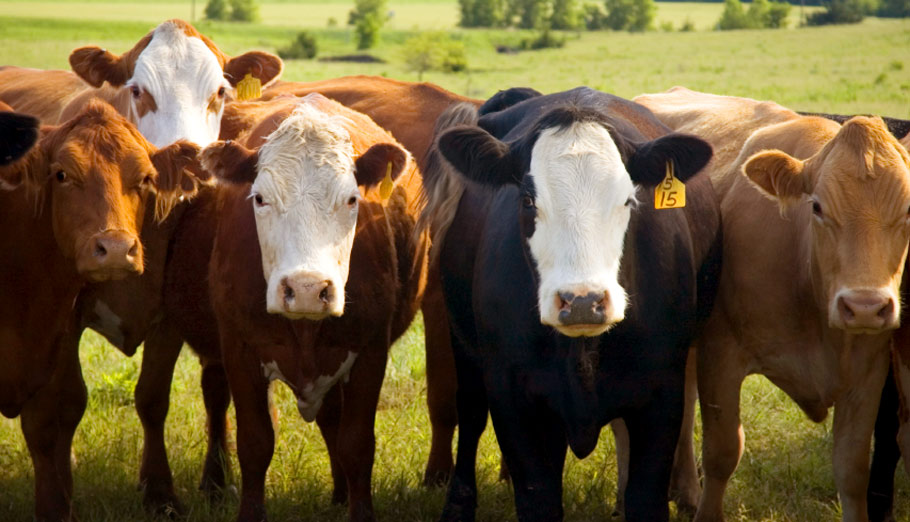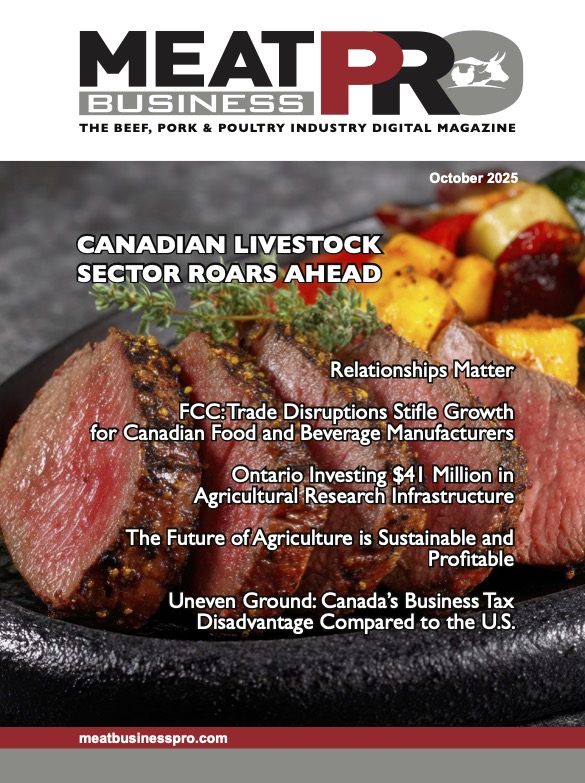Look Beyond Feed Efficiency When Evaluating Young Beef Bulls

Beef farmers must look beyond feed efficiency when evaluating the potential of young sires, according to research looking at the relationship between feed and reproductive performance
What might be a surprise to many farmers is that there is an inverse relationship, or antagonism, between the two factors. That means that young bulls who are efficient gainers are not likely strong reproductive performers.
“This kind of research will provide long-term benefits for the entire beef industry”
Latest cases
Manitoba experienced a rash of new cases in the latter part of August and the province now has 75 confirmed cases in 2017, according to Manitoba Agriculture.Recent research, supported in part by the Agricultural Adaptation Council through Beef Farmers of Ontario, builds on growing evidence that confirms raising young bulls with a focus on feed efficiency will not pan out when it comes to sexual performance as sires.
Both factors play an important role in the profitability of beef production. The research found that bulls with higher feed efficiency have lower sperm motility and more sperm abnormalities than less feed efficient bulls. The findings suggest that sexual maturity is delayed in bulls that gain with better efficiency.
Understanding this relationship is an important step when evaluating future sires. Unfortunately, beef farmers are not yet able to choose bulls or semen based on feed efficiency and reproductive performance.
But with the growing body of research to understand how these factors are related, there will be a push in the long term for bulls and semen to be evaluated on both these important traits.
“Public funding is essential for work like this, to help attract additional industry funding,” says Michael Campbell, policy advisor with Beef Farmers of Ontario. “Ultimately, this kind of research helps train scholars and researchers, and will provide long-term benefits for the entire beef industry when we are able to raise young bulls with strong reproductive performance and efficient use of feed and energy resources.”
The project was funded in part through Growing Forward 2 (GF2), a federal-provincial-territorial initiative. The Agricultural Adaptation Council assists in the delivery of GF2 in Ontario.












